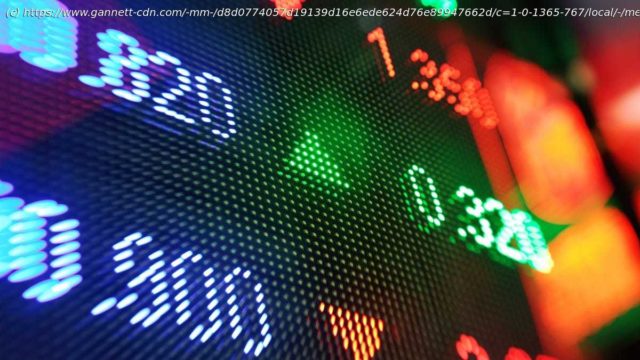Inflation is viewed by consumers as an overwhelming problem facing the nation, according to the latest University of Michigan Surveys of Consumers.
As much as U.S. consumers like to spend, many are pulling out those wallets with a gnawing fear at the back of their mind. Demand is strong but many are dealing with an ugly mood. Call it an onslaught of uncertainty. Call it a gradual loss of confidence. Blame shockingly high price hikes at the grocery store, car lots and elsewhere, the kind of inflation not seen in 40 years. Blame the bombings in the Ukraine. Blame the partisan divide. And soon, blame the Fed for a rapid-fire round of rate hikes. Taking out a new or used car loan and carrying a balance on your credit card is going to cost consumers more money in 2022. Ditto for other loans. Borrowers have had little reason to worry about higher rates for years. But that’s changing now as the Fed switches course to combat inflation. On Wednesday, the Fed is expected to announce a half-point rate hike, the largest single rate hike since May 2000 when some members of the Fed indicated that inflationary pressures appeared to be worsening then. Many times, the Fed will raise or lower rates by a quarter point. Not Wednesday, not when inflation is roaring. On March 17, the Fed raised interest rates for the first time in more than three years and that quarter-point hike moved the federal funds rate to a range that runs between 0.25% to 0.5%. A half-point hike would move the federal funds rate to a range that runs between 0.75% to 1%. Still super low, meaning brace yourselves for more rate hikes ahead. The federal funds rate is only used by banks when they lend money to each other overnight to meet reserve requirements. But it’s important to consumers because it serves as a benchmark rate and influences the prime rate and many types of loans. The Fed moves to lower its target rate when it wants to stimulate economic growth and contribute to a stronger jobs picture. The Fed raises rates when the economy is extremely strong to get ahead of inflation or, as is the case now, the economy is overheating and inflation has taken off. Patrick Anderson, CEO of the Anderson Economic Group consulting firm in East Lansing, joked last week that the Fed has so well telegraphed the upcoming rate hike that he and I were discussing both the magnitude and the timing many days in advance of any real announcement.
Start
United States
USA — Science Biggest rate hike in decades to fight highest inflation in 40 years...






